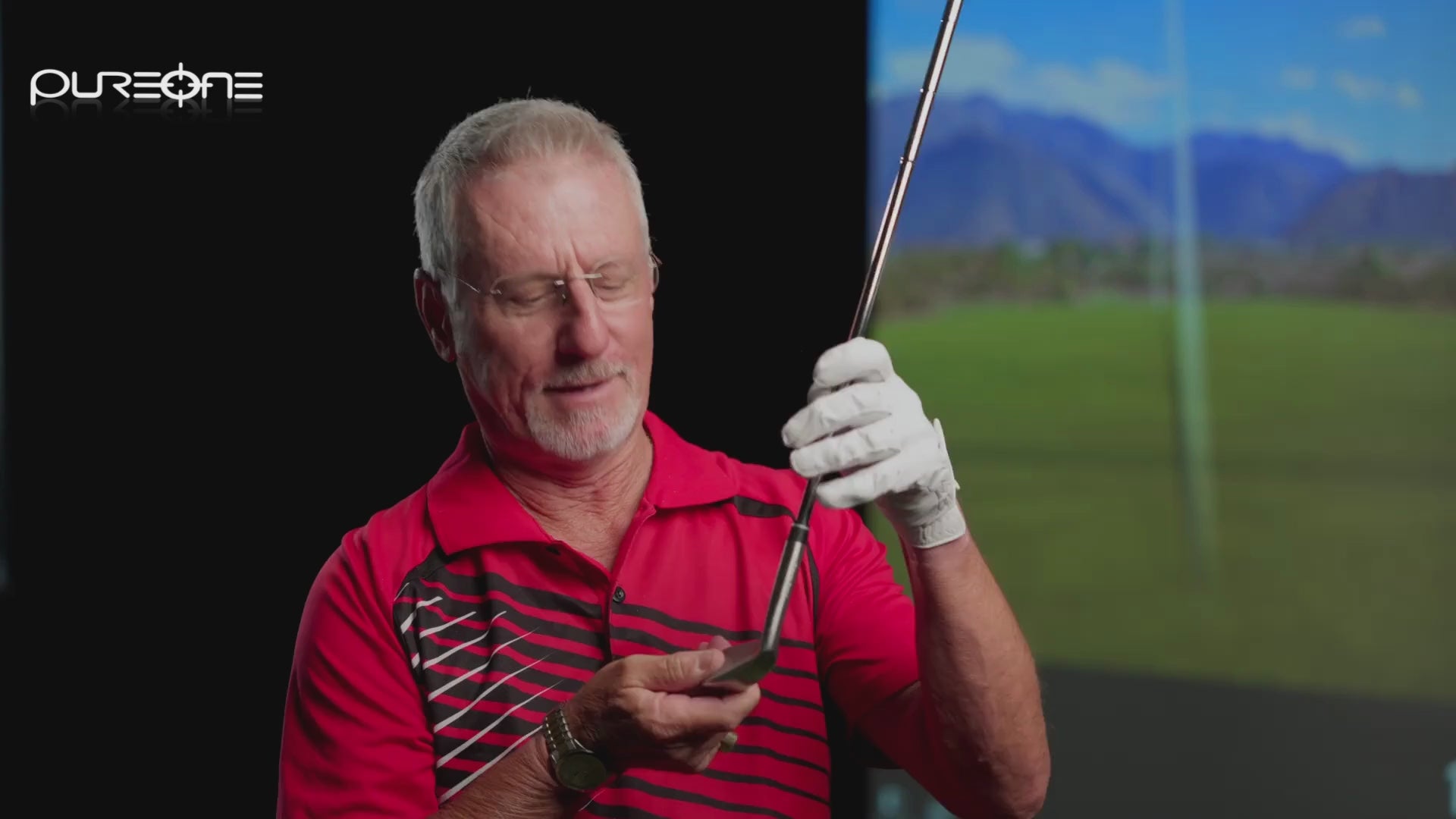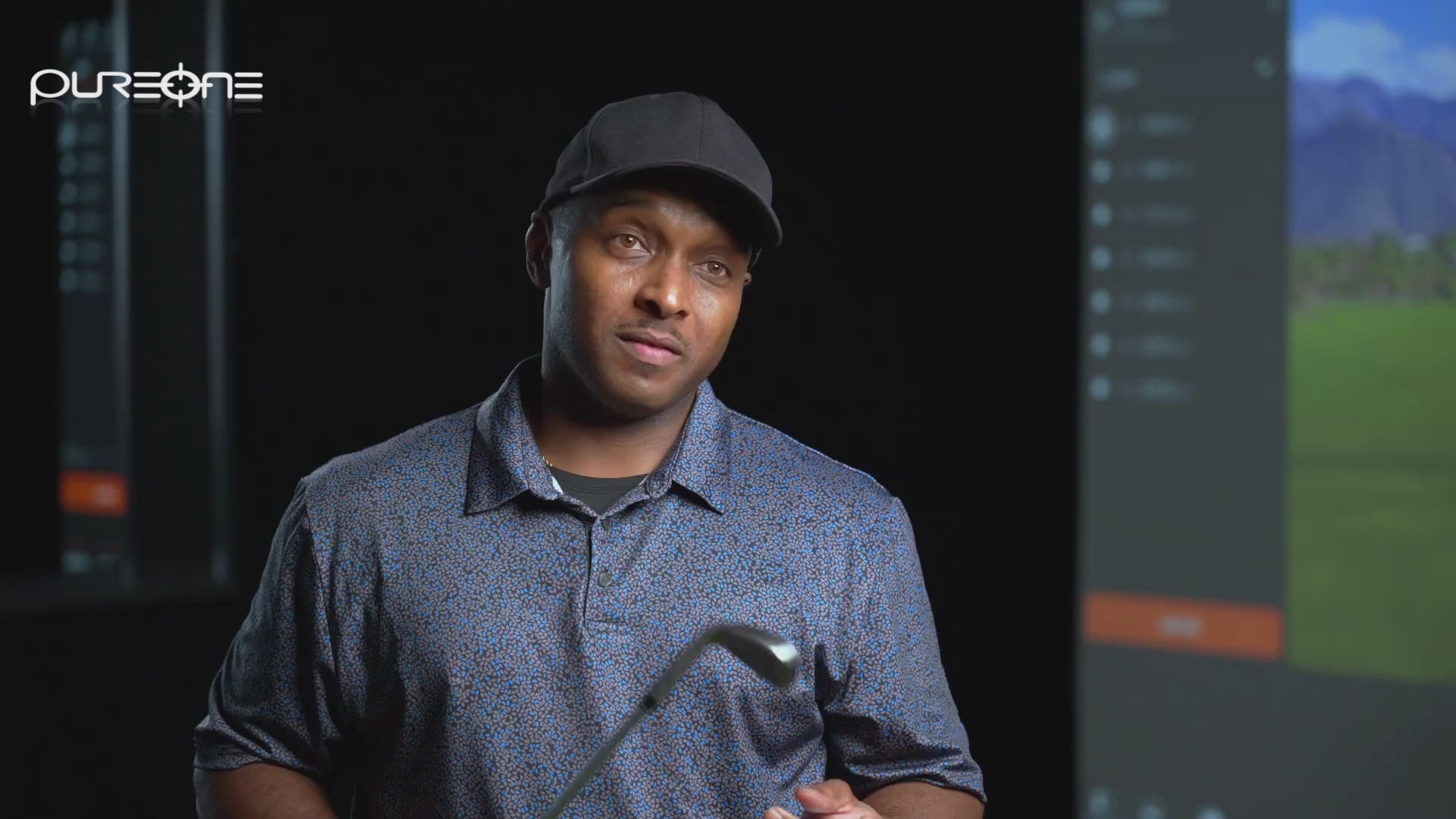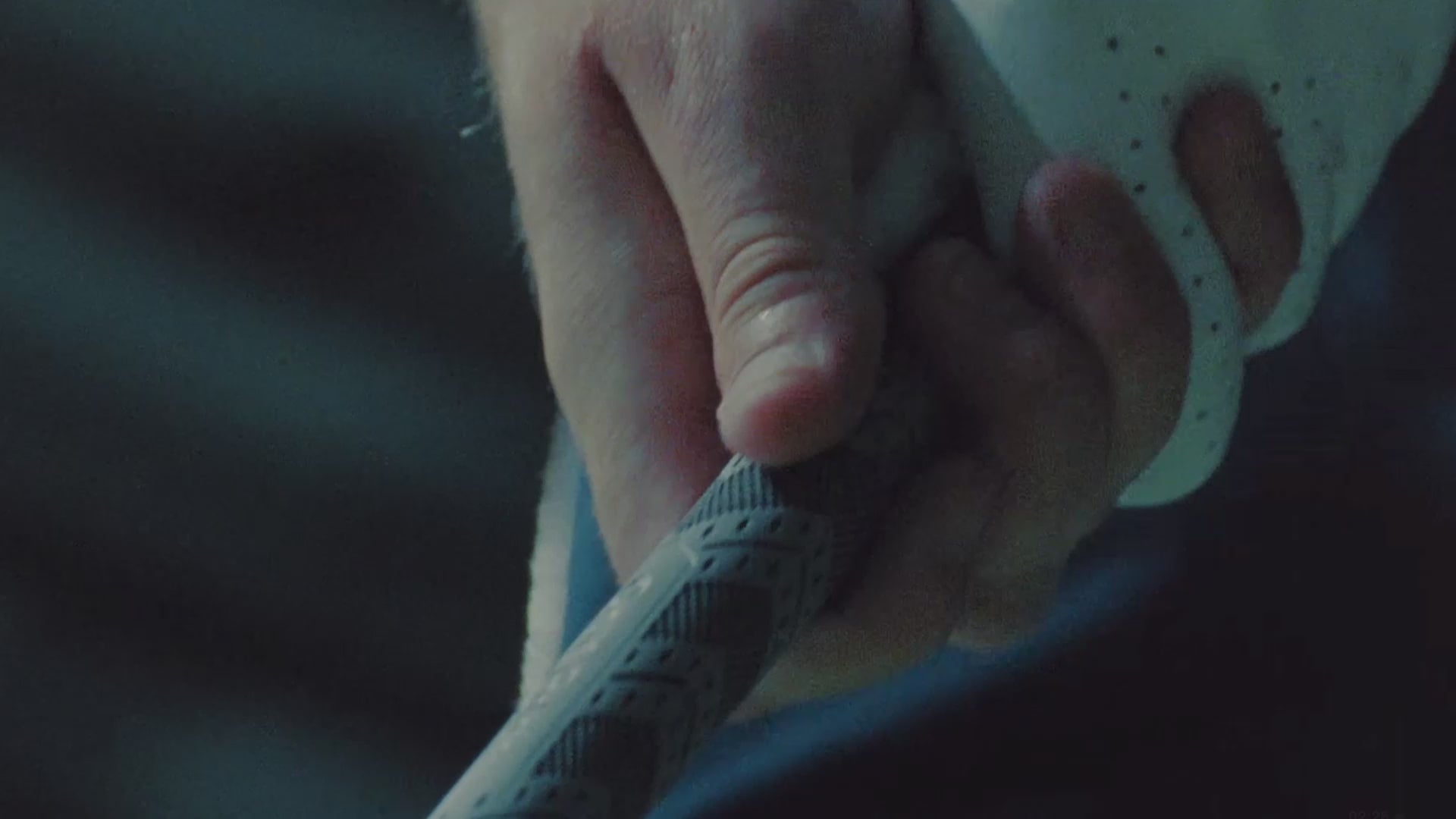Why You Need a Wedge Distance Chart (and How To Make One!)
May 05, 2025
If you've ever watched pro golfers hit wedge shots, you've probably noticed something remarkable: Their ability to consistently land the golf ball precisely where they want to.
What you're witnessing isn't some magical talent they were born with, it's the result of having a detailed wedge distance chart, helping them remove any guesswork out of the short game.
To lower your scores, you must master 30 yards and in. Unfortunately, many amateur golfers struggle from this area because they don't have a trusty wedge distance chart to help guide them.
But with some tips below, you'll be able to build one with great effectiveness.
The Distance Control Problem
When I ask my students how they control distances with their wedges, I typically get one of two answers.
The first is the simple response: "I just swing harder or softer depending on how far I need to hit it."
The second is the slightly more advanced reply: "I take the club back to different positions and try to match my follow-through."
Unfortunately, both approaches are fundamentally flawed because they rely too heavily on feel and timing — which are the first things to disappear under pressure. Without a system, you're essentially playing golf's version of roulette every time you use a wedge.
Real distance control isn't about swinging harder or softer. It's about having predetermined swing lengths that produce consistent, repeatable distances with each wedge in your bag.
How a Proper Wedge Distance Chart Looks
When you consider some of the best short-game players in the world, they all have one thing in common: They're able to execute multiple types of shots (and distances!) with each wedge in their bag. This multiplies their options and dramatically improves their scoring potential — all by having a detailed wedge distance chart.
So what does a basic wedge system look like? Here's what I recommend doing: For each wedge in your bag, develop three swing lengths.
- Your 9 o'clock swing (where your hands reach about hip height in the backswing)
- Your 10:30 swing (hands reach shoulder height)
- Your full swing
By using three swing lengths for three wedge types (pitching wedge, gap wedge, and sand wedge), you suddenly have nine precise distances you can hit — rather than just three. Add in your lob wedge, and you've now got 12 different stock shots at your disposal.
Are you starting to see the importance of having a wedge distance chart?
Building Your Personal Wedge Distance Chart
Here's a simple process that I've used with thousands of students to help them develop their own wedge system:
First, head to the driving range with your wedges and a personal launch monitor. If you don't have a launch monitor, find a local TopTracer or TrackMan Range, or even an indoor training studio.
Now start with your highest-lofted wedge (or PureOne's Wedge, which is 54 degrees). Make several swings with your hands, stopping at hip height (9 o'clock), making sure you use the same tempo and effort each time. Measure how far the ball carries and note the average.
Repeat this process with the same wedge, but extend your backswing to shoulder height (10:30). Measure and record.
Finally, make several full swings with that wedge, again measuring the average distance. Work through each wedge in your bag using the same process. Within an hour, you'll have mapped out 9-12 specific distances that you can rely on.
With just that amount of work, you'll develop a trusted wedge system that instills confidence. Now you can head to the course and rely on data rather than guesswork — and lower scores will soon follow.
PGA of America Golf Professional Brendon Elliott is an award-winning coach and golf writer. Check out his weekly Monday column on RG.org, sign up for his golf newsletter, and visit OneMoreRollGolf.com to learn more about him and his work.






